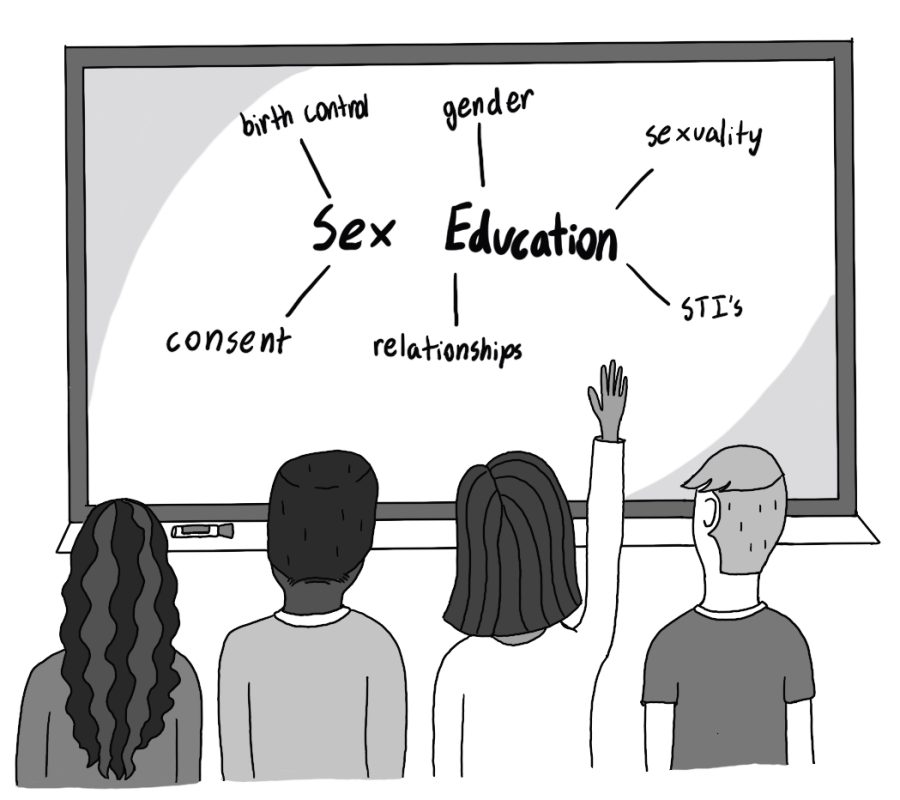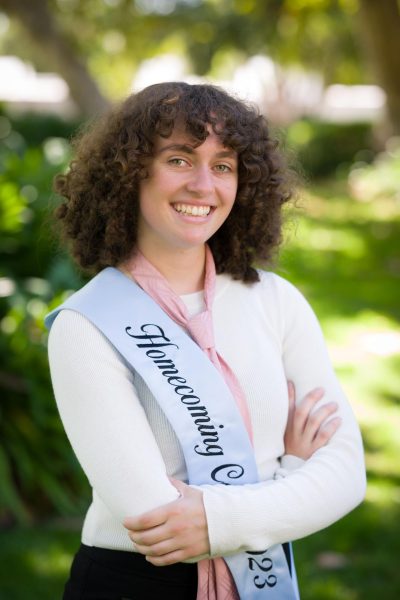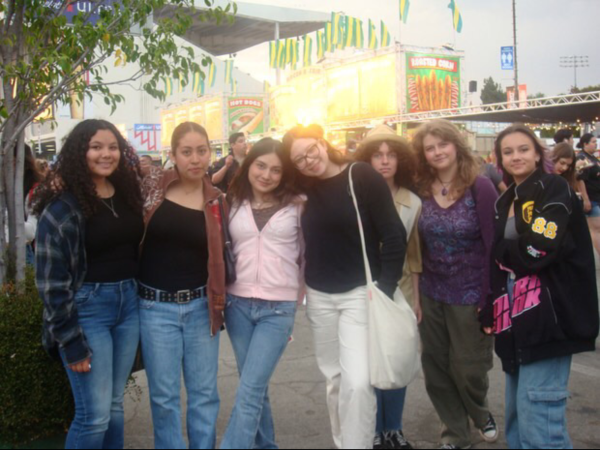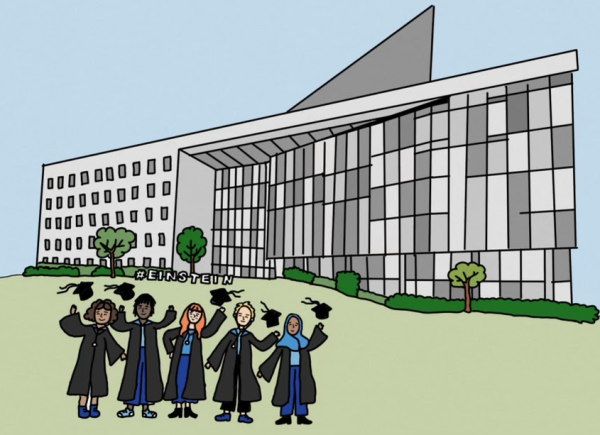Let’s Talk About Sex (Ed) Baby
This past January, Claremont High School’s freshman class finished their first semester of high school, as well as their last-ever unit on sexual education before graduation. This is a standard experience for CHS students. Every year, each Next-Generation Biology class dedicates two weeks during late January or early February to sex-ed. While the official sex-ed curriculum that CHS utilizes is far from weak, covering an array of imperative topics such as dating abuse, consent, the LGBTQ community, options for preventing and dealing with teenage pregnancy, sexually transmitted infections, and more, what actually happens inside the classroom can often be a different story.
Next-Generation Biology, which is typically taken by CHS students during their freshman year, is the only time during high school that students receive sex-ed in a classroom setting, meaning that it is crucial that everything students need to know is covered in full, memorable, and accurate detail. Current CHS freshman Devan Zarate felt that the unit she was taught covered important ground, but was surprised to learn that it marked the completion of high school sex-ed.
“It was really informational, the way they included a little more than sex, like relationships and stuff,” Zarate said. “But I think if that was the last one, they should have went into deeper [detail].”
Claremont High’s sex-ed curriculum does place a much-needed emphasis on what healthy relationships, romantic or otherwise, look like. Although what is presently taught on the subject of abuse has received positive reviews from students and teachers, CHS’s Sexual Education Reform & Awareness (SERA) club believes that there is room for improvement. SERA club put together a presentation and activity designed to educate freshmen on the signs of dating abuse by walking them through a high school relationship scenario in which a hypothetical partner progressively displays common signs of abusive behavior, including examples of love-bombing, mocking interests, and possessiveness. SERA club’s vision would be for student volunteers to lead Next-Gen Bio classes through the activity, similar to how Link Crew occasionally leads freshmen through homeroom presentations. Zarate and CHS Next-Gen-Bio teacher Jenna Mittman, both felt that while the existing curriculum handles the matter of abuse well, students would receive an additional benefit from SERA club’s presentation.
“[SERA club’s presentation] is a direct, one-to-one replacement,” Mittman said. “But I think it is more beneficial because whenever you have a peer group presenting the information to their own peer group, it is always more powerful than having an adult do it.”
Keeping students engaged with the sex-ed material is something CHS often struggles with. The curriculum is sometimes still taught through videos and pre-recorded activities that were only intended to be used for online school during the pandemic. While these methods help to prevent stigma or embarrassment from peers from impacting learning, Zarate believes it can also stunt deeper conversations.
“It would have been helpful to just have those one-on-one conversations,” Zarate said.
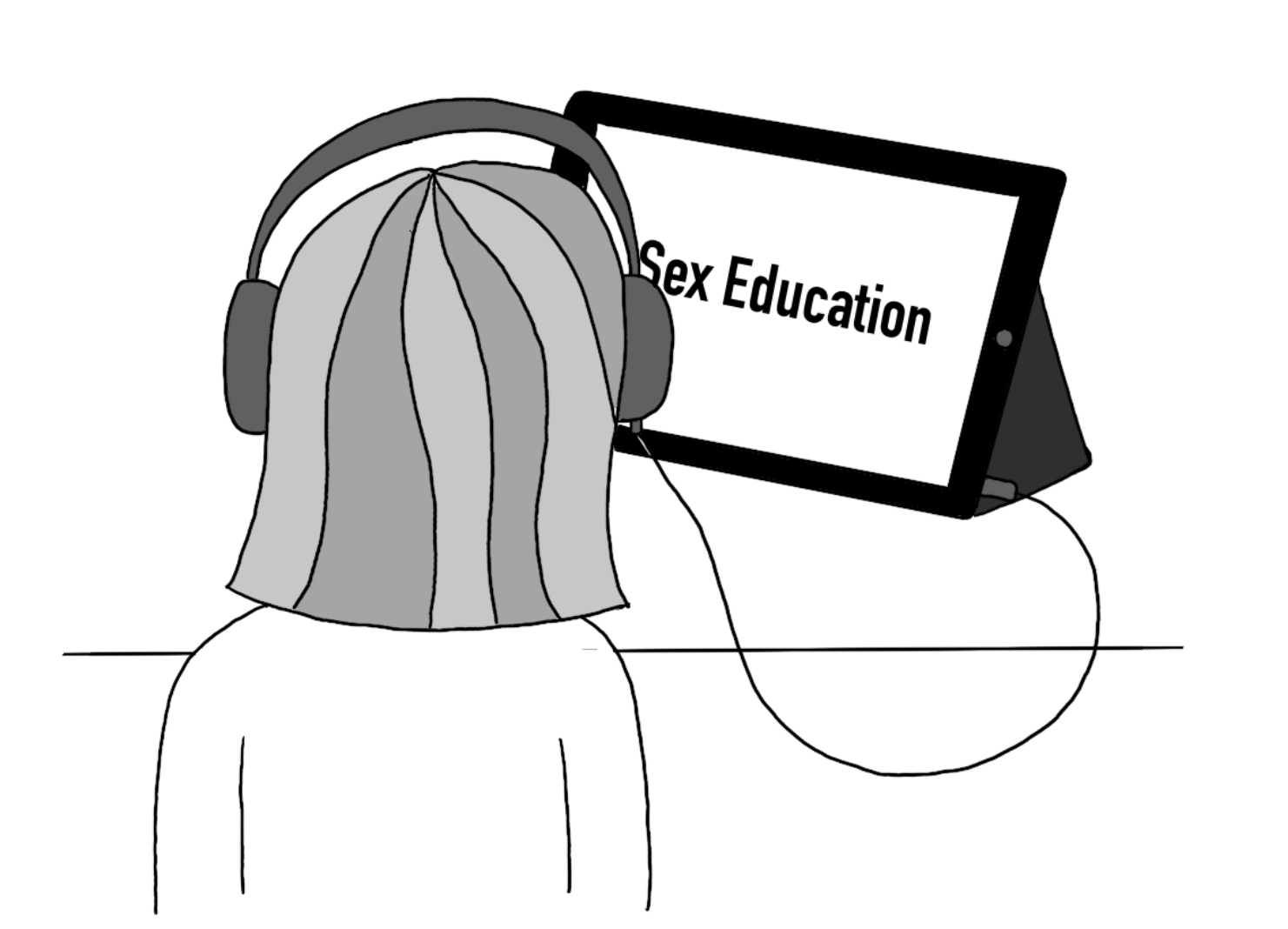
Another area CHS has room to improve in is that teachers mostly are left to their own devices when figuring out how they teach each subject. In addition, teachers only receive training on the sex-ed curriculum once. Though the curriculum itself is thorough, not all students are taught it to its fullest potential. Depending on which teacher a student has, they may either get a well-informed lesson on the LGBTQ community that encourages and incorporates open-mindedness and inclusiveness, or they might find themselves taught by someone who has good intentions, but is clearly lacking education on the issues they are meant to teach to others. For current juniors, who received sex-ed over Zoom during their freshman year, the shortcomings created by teachers picking and choosing how to teach the curriculum were especially prominent. Some topics, including crucial ones like consent, were skipped over entirely in some classes that year.
“It’s almost given to the teachers with the idea that they are going to present it in good faith,” Mittman said. “But then you have some teachers who may be deciding themselves that they are not comfortable presenting some information.”
In 2018, CUSD adopted lessons on consent into the curriculum taught to 6th graders and middle schoolers, a welcome change to many concerned about the lack of consent education given to younger grades. However, students in Kindergarten through 5th grade still do not receive any kind of sex-ed. CHS 2018 alumna and sexual health advocate Sarah Hamid believes that consent, bodily autonomy, and healthy relationships impact students of all ages, and so should be taught to students of all ages.
“The district has a long history of dismissing valid and tangible solutions to complex issues like sexual violence at CHS, lack of sex-ed in elementary schools, and a toxic culture around menstruation at El Roble,” Hamid said.
In March, Hamid started a petition for CUSD to adopt the “Rights, Respect, and Responsibility” curriculum created by Advocates for Youth, which has detailed guidelines for teaching students in all grades K-12 about healthy and appropriate relationships, boundaries, and ways of treating one another. Hamid also believes that CHS has a responsibility to provide safe and confidential access to contraception to students who might not have another way to access it.
As CHS strives to ensure the social, sexual, and emotional health of its students, the school needs to identify what is being done well and what could be improved upon. The topics covered in sex-ed are vital, as is ensuring that the knowledge gained during the unit is accurate, in-depth, and persists in students’ minds
Hello there! Our goal is to provide relavent, engaging journalism for readers of all ages. Your donation will support the student journalists of the Wolfpacket at Claremont High School, and will allow us to purchase equipment, print our monthly issues, and enter in journalism competitions. We appreciate your consideration!

Kat Griswold, a senior at CHS, is a reporter for The Wolfpacket this year. Her excitement for Wolfpacket stems from a number of things, such as her enjoyment...





